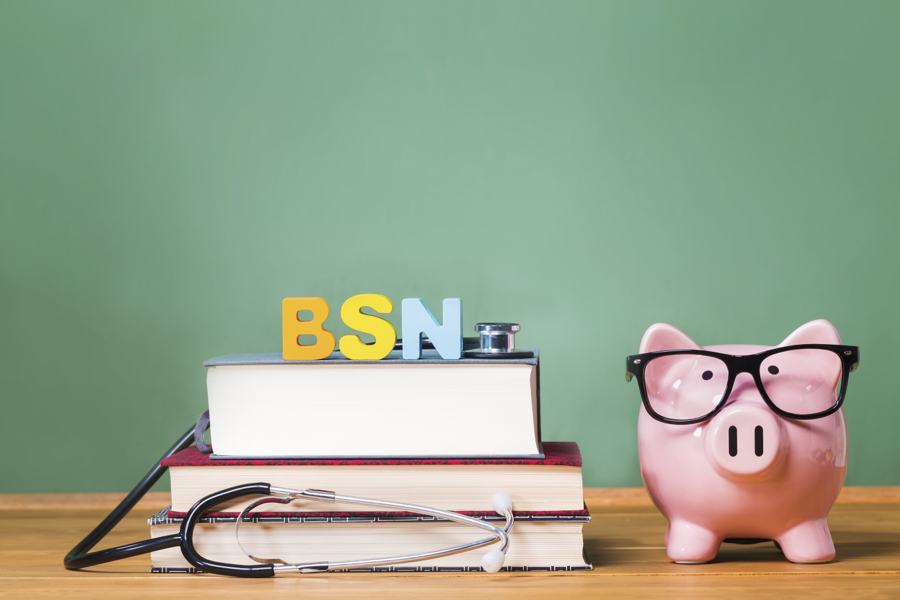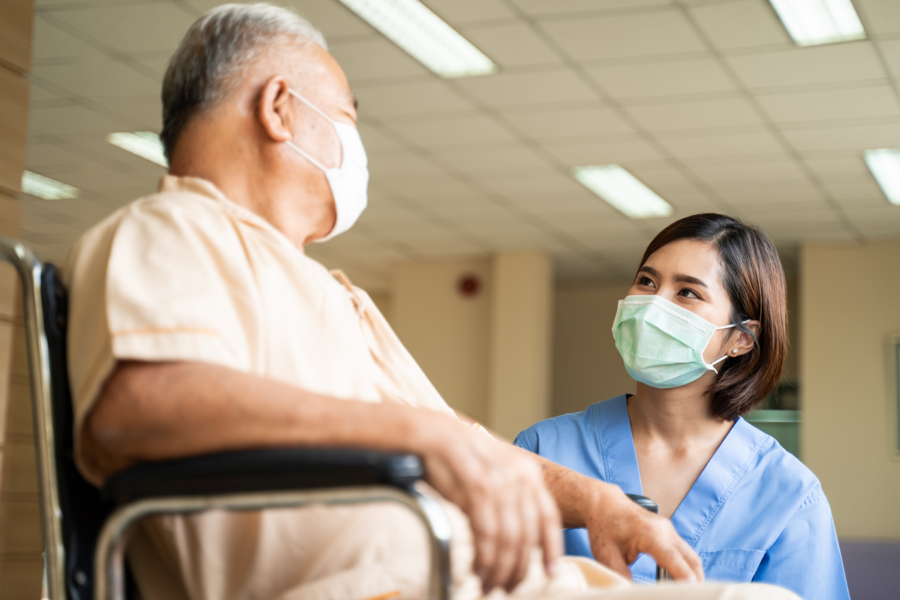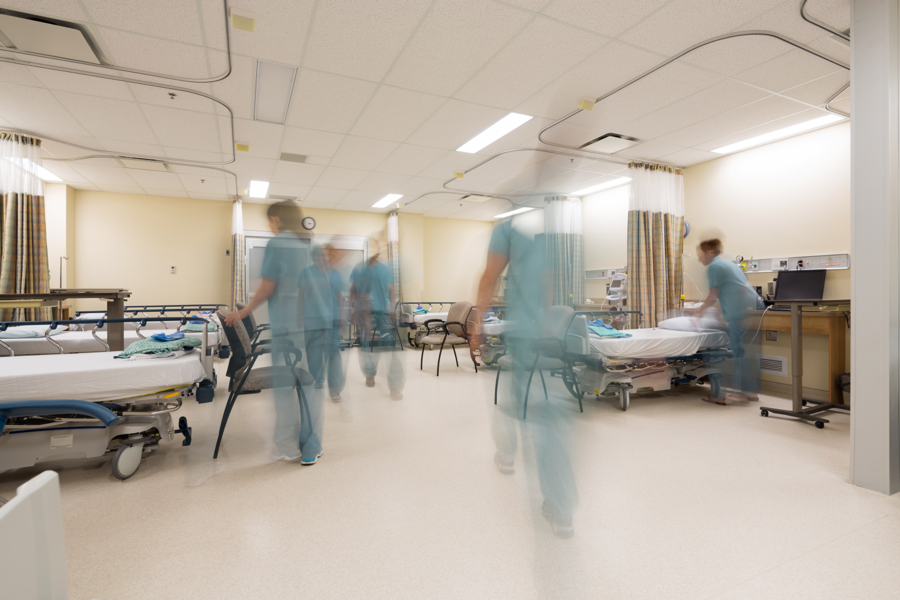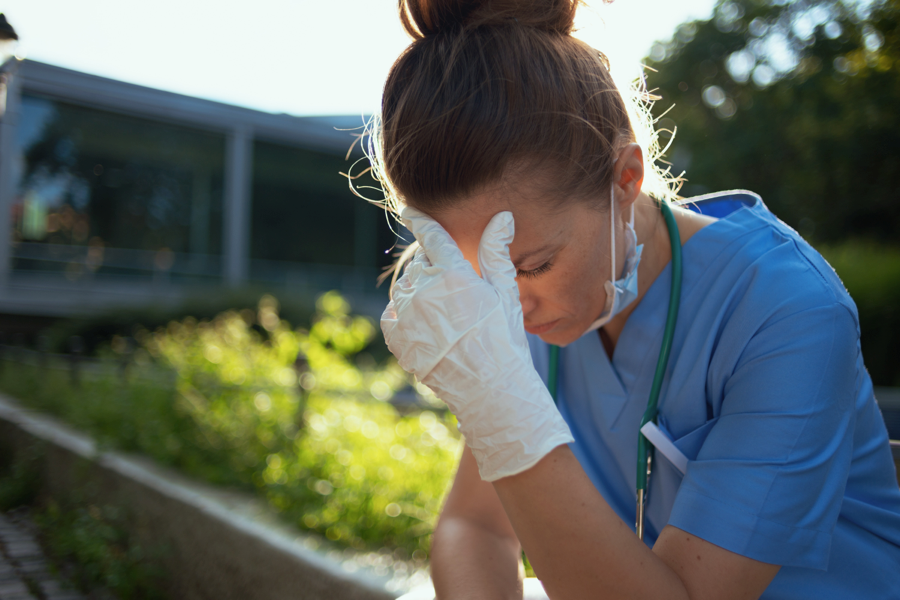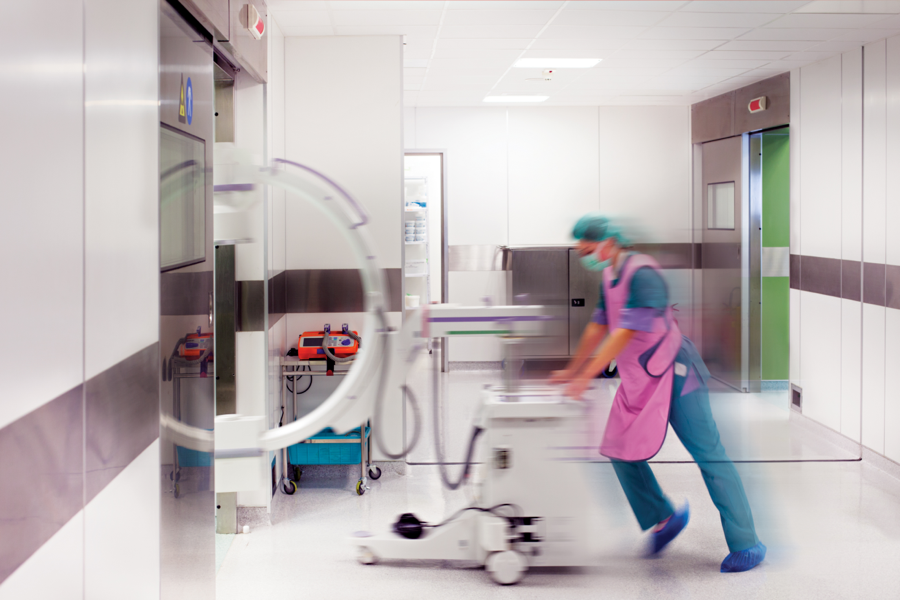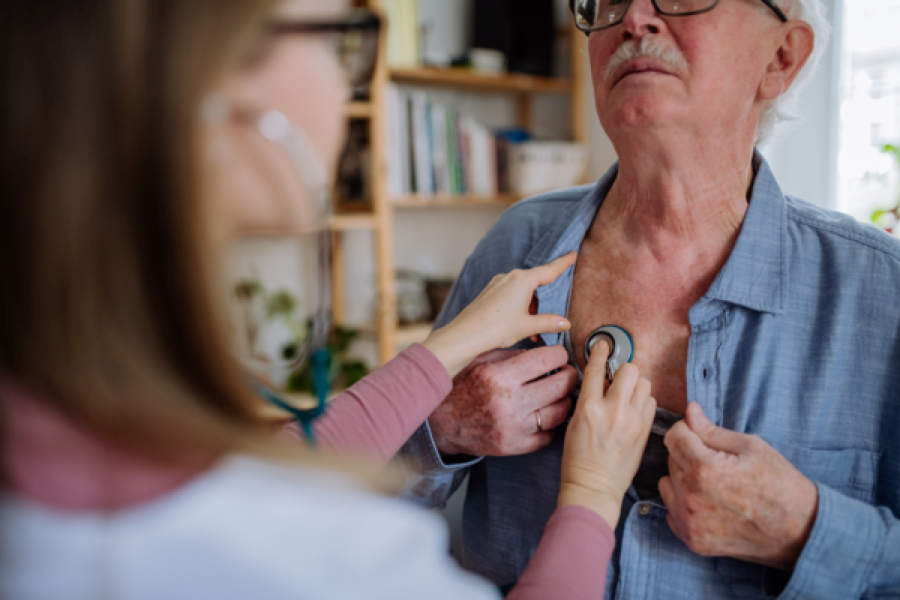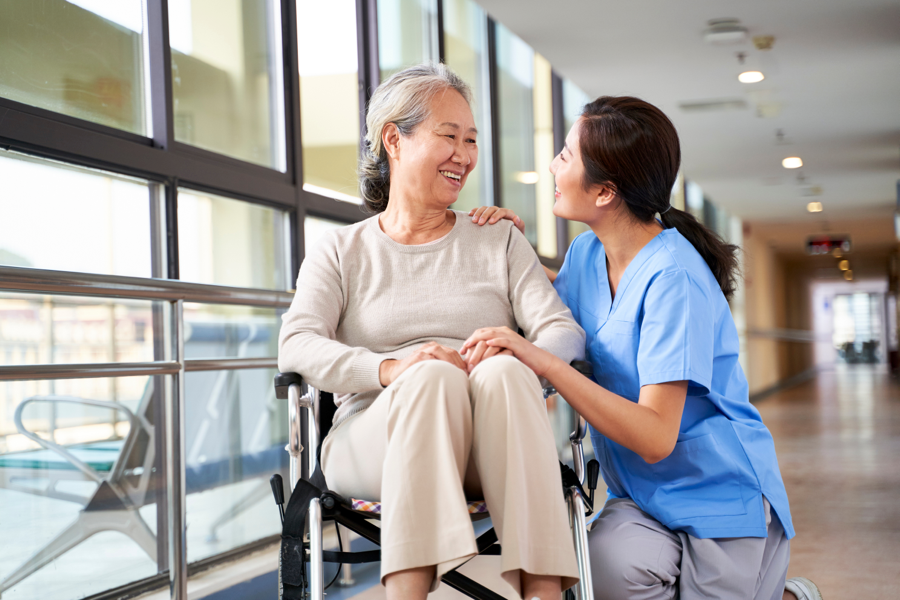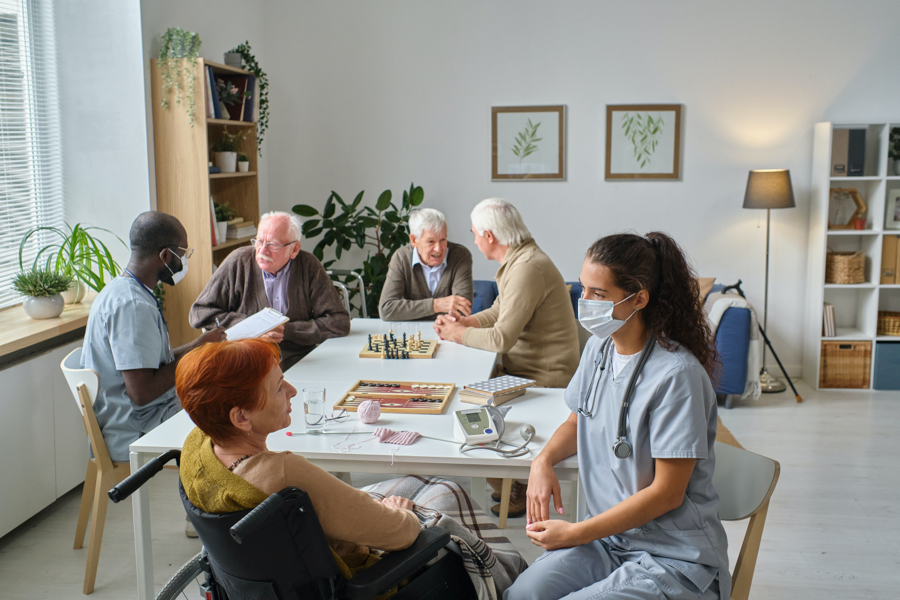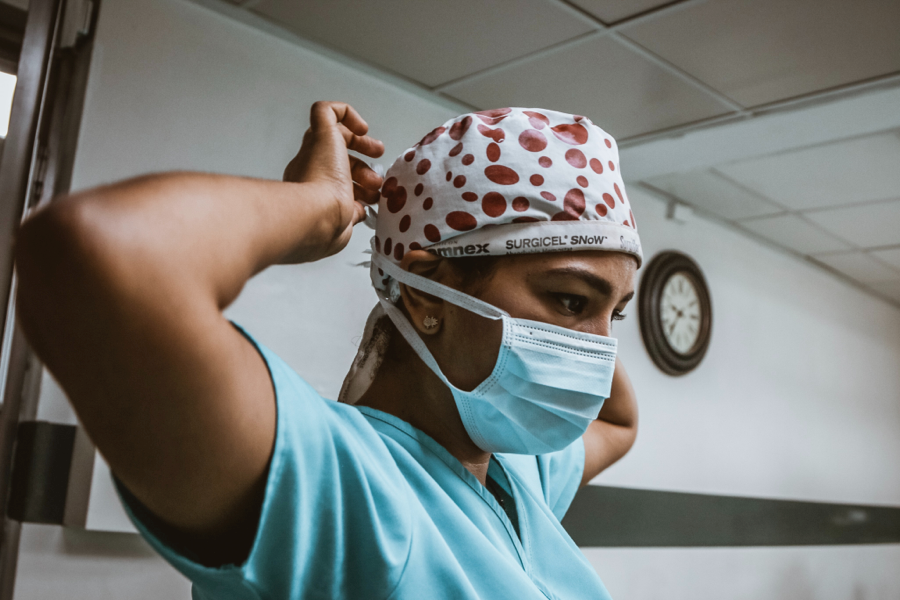
CLINICAL PRACTICE
Preventing Patient Falls and Injuries: Safety Measures for CNAs
-
 EveryNurse Staff
EveryNurse Staff
- Last Updated: 06/24/2023

Patient falls are a major concern in the healthcare field. According to the Centers for Disease Control and Prevention (CDC), falls are the leading cause of injury and death among older adults. As a certified nursing assistant (CNA), you play a critical role in preventing patient falls and ensuring their safety while in your care. In this article, we will discuss various safety measures that CNAs can take to prevent patient falls and injuries.
The Importance of Fall Prevention
Fall prevention is crucial to ensuring the safety of patients. The impact of a fall can result in significant injuries, such as fractures, head trauma, and other long-term disabilities. Falls can also have psychological and emotional effects on patients, such as a loss of confidence and independence. As a CNA, it is your responsibility to prioritize fall prevention and ensure that your patients are safe and well-cared for.
The Impact of Falls on Patients
Patients who have experienced a fall may become fearful and anxious, which can lead to a decreased quality of life. Additionally, falls can result in physical injuries, including lacerations, bruises, sprains, and broken bones, which can be debilitating and require extensive rehabilitation. The recovery process can be long and challenging, and it can impact the patient’s physical and mental health. Therefore, it is essential to prevent falls from happening in the first place.
Moreover, the psychological impact of falls on patients should not be overlooked. Patients may experience a lack of confidence in their ability to move around and perform their daily tasks. This loss of independence can lead to depression and social isolation, which can further impact their overall health and well-being.
The Role of CNAs in Fall Prevention
As a CNA, you play a crucial role in preventing patient falls. One of the primary duties for fall prevention is assisting patients with mobility. You should ensure that your patients are comfortable and safe when moving around, whether it’s walking, sitting, or standing up.
Additionally, identifying risks for falling is essential. Some patients may have conditions that increase their risk of falling, such as dementia, vision impairment, or medication side effects. It is your responsibility to identify these risks and take appropriate measures to prevent falls.
Implementing safety measures is another critical duty for fall prevention. You should ensure that your patients’ living environment is safe and free of hazards. This includes keeping floors dry and clean, removing clutter, and ensuring that bed rails and grab bars are in place and secure. Being vigilant and proactive in fall prevention is essential to providing the highest quality care to your patients.
Legal and Financial Implications of Patient Falls
While the primary concern for preventing falls is the safety of patients, there are other legal and financial implications to consider. Hospital readmissions due to falls can result in penalties under Medicare and Medicaid programs. These penalties can have a significant impact on the financial stability of healthcare providers, and it can also impact their reputation.
Additionally, legal action can be taken against healthcare providers for neglect and disregard for patient safety. Preventing falls not only ensures patient safety but also protects healthcare providers from financial and legal repercussions.
Identifying Patients at Risk for Falls
One of the critical aspects of preventing falls is identifying patients who are at risk. Some of the common risk factors for falls include age, medical conditions, medications, and cognitive impairment. As a CNA, it is crucial to assess each patient individually for their risk of falling.
Common Risk Factors for Falls
Some of the common risk factors that increase the likelihood of falls include a history of falling, age over 65, cognitive impairment, balance issues, gait disturbances, and medication use.
Additionally, environmental factors, including poor lighting, slippery floors, cluttered areas, and lack of grab bars, can also increase the risk of falls. As a CNA, it is essential to be aware of these risk factors and take steps to mitigate them.
Assessing Patients for Fall Risk
To prevent falls, CNAs must conduct fall risk assessments for each patient. A fall risk assessment involves evaluating a patient’s risk factors, medical history, medication use, and mobility status. The results of the assessment determine the appropriate fall prevention strategies to implement. As a CNA, you must be detail-oriented and thorough in conducting fall risk assessments.
Communicating Fall Risk Status to the Care Team
Implementing Fall Prevention Strategies
Creating a Safe Environment
Utilizing Assistive Devices and Equipment
Encouraging Patient Participation in Fall Prevention
Monitoring and Responding to Changes in Patient Condition
Recognizing Signs of Deterioration
As a CNA, you must recognize signs of deterioration in your patients, including changes in gait, balance, and mobility. Additionally, changes in mental status, including confusion and disorientation, can also increase the risk of falls. Recognizing these changes and responding accordingly is essential in preventing falls.
Adjusting Fall Prevention Measures as Needed
Recognizing Signs of Deterioration
Lastly, as a CNA, it is essential to report any changes in the patient’s condition to the care team promptly. Reporting changes can help prevent falls and ensure that all necessary measures are taken to keep patients safe.
